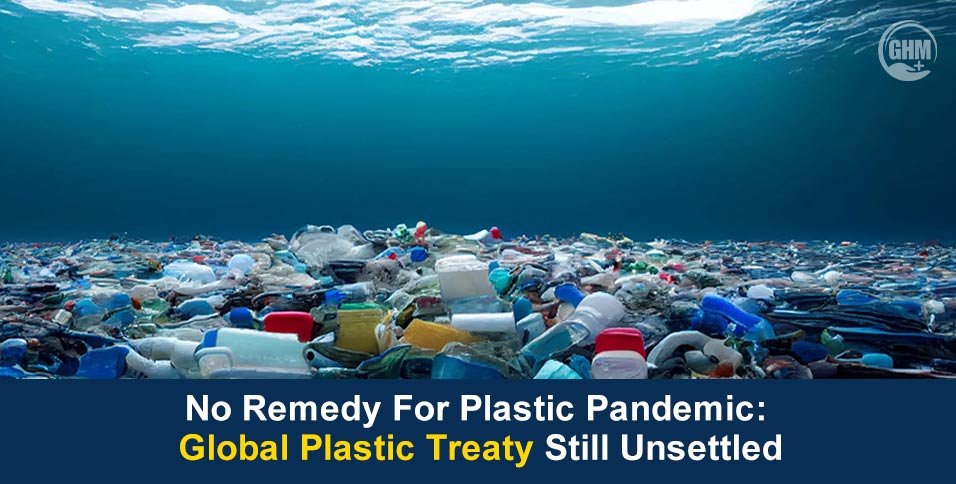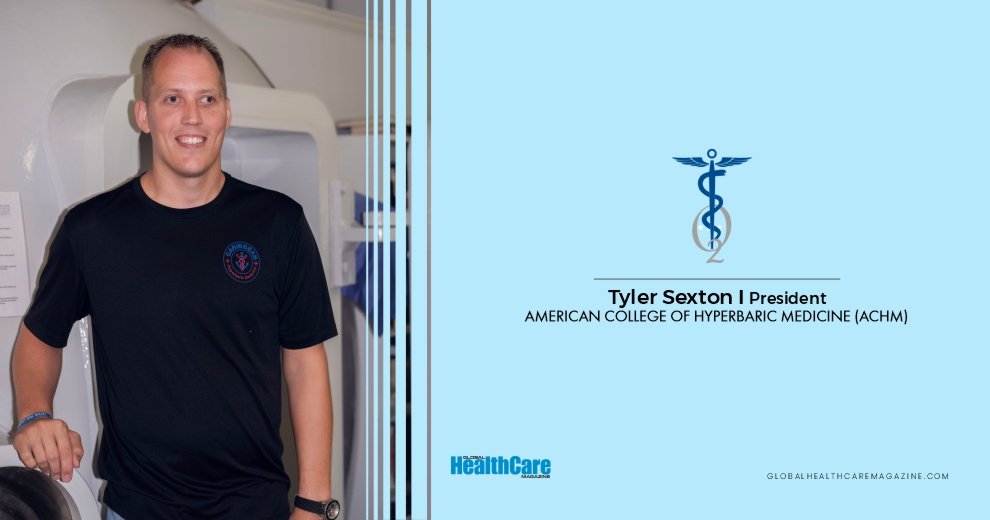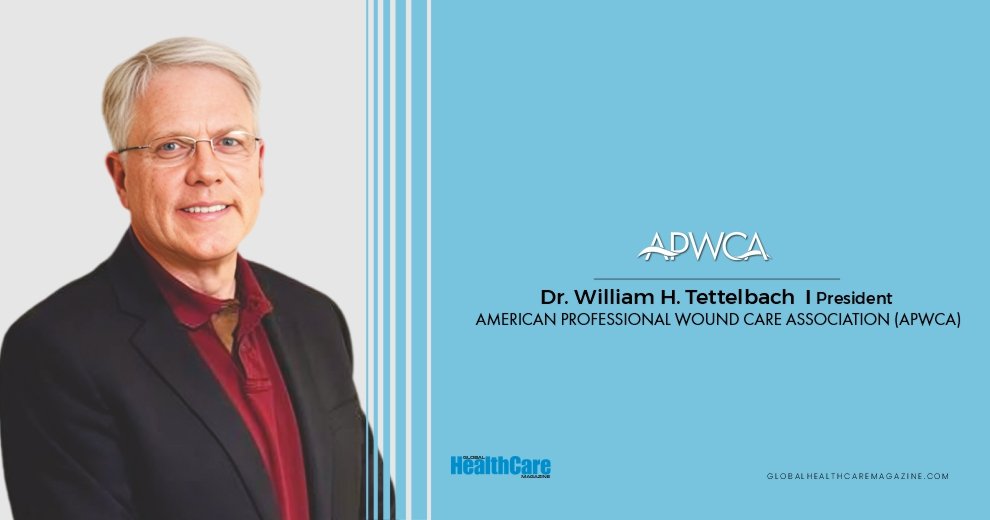The global plastic pandemic is no longer just an environmental issue; it’s a public health emergency. The plastics we produce, use, and discard lead to pollution, and their associated toxic chemicals are infiltrating our bodies with alarming frequency, raising the stakes for immediate action.
This had the United Nations’ push for a Global Plastic Treaty, designed to address the full life cycle of plastic, from production and design to disposal. This year, the United Nations negotiations on a ‘Global Plastic Treaty’ took place for the sixth time in Geneva, Switzerland, concluding on August 15, 2025, without a final decision.
The health communities around the world hoped for a positive and long-term solution for this global crisis, but returned empty-handed.
After the closing of the negotiation, Erin Simon, Vice President and Head of Plastic Waste & Business, shared her thoughts in a statement, “It’s deeply disappointing to leave Geneva without meaningful progress once again. This breakdown in negotiations means the plastic crisis will continue unchecked, while the world waits for the urgent action it so desperately needs.”
While the focus has long been on plastic’s visible impact as it stuffs our oceans and litters our landscapes, the real danger is invisible. This treaty is a historic opportunity to address the need to protect global health.
The Lifecycle of Plastic and Its Health Impacts
The recent treaty has made it important to recognize the full scope of health threats caused by plastic throughout its lifecycle. It starts with production, a process that relies heavily on fossil fuels. The extraction and refining of these raw materials release harmful pollutants, including benzene and vinyl chloride, which are known to be hazardous to human health. Communities living near these chemical plants often suffer from higher rates of cancer and respiratory diseases.
Through this treaty, a greater transparency and understanding of the chemicals used in plastics can be achieved. This is crucial for health professionals and researchers to understand exposure pathways and develop effective treatments.
Invisible Threat of Plastic Compounds
While using plastic, its compounds leave thousands of chemicals in our food, water, and air. Many of these compounds, such as phthalates and bisphenol A (BPA), are endocrine-disrupting chemicals (EDCs).
These EDCs interfere with our body’s hormonal systems, which regulate everything from metabolism and growth to mood and reproduction. The exposure to EDCs can cause serious health issues, including infertility, developmental disorders in children, and hormone-sensitive cancers like breast and prostate cancer.
A core objective of the Global Plastic Treaty is to cap and reduce plastic production and to ban or restrict hazardous chemicals. If the United Nations is able to implement this successfully, this would directly limit human exposure to EDCs and other dangerous additives, which would reduce the incidence of related diseases.
Waste Management to Prevent Open Burning
The disposal of plastic waste poses a higher health risk. Many parts of the world practice plastic burning. This process releases a toxic mixture of chemicals, including dioxins and heavy metals, into the air.
These pollutants are linked to respiratory illnesses, cardiovascular disease, and chronic conditions like pulmonary disease. The problem is particularly significant in low and middle-income countries, where open burning is a common waste management practice.
By mandating better waste management and promoting a circular economy with resource management, the treaty can eliminate harmful practices like open burning, which largely affect exposed communities and contribute to respiratory and cardiovascular illnesses.
A Call for Action For Human Future
The fight against plastic pollution is a battle for our health. The UN Global Plastic Treaty has failed; in future chances, it’s a chance to build a healthier future for all.
By supporting a rich treaty, we can protect future generations from the invisible, yet undeniable, health crisis that plastic pollution represents. This is our moment to act.



















